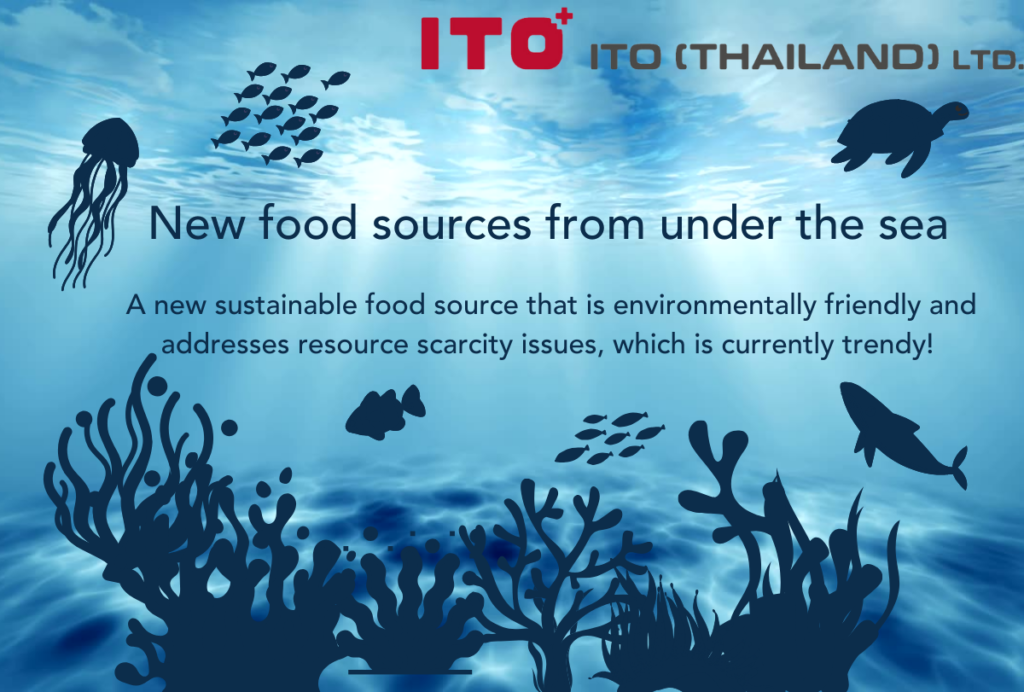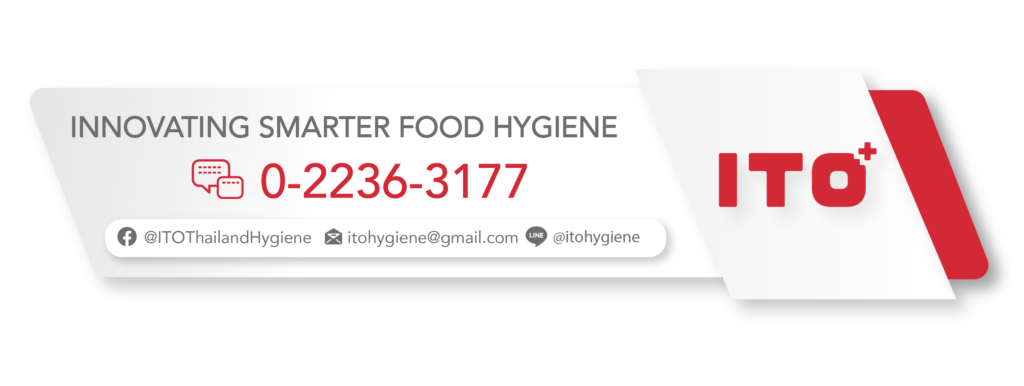ITO Thailand Hygiene Blog
New food sources from under the sea
A new sustainable food source that is environmentally friendly and addresses resource scarcity issues, which is currently trendy! Let’s get acquainted with the new food sources from the underwater world, such as seaweed and jellyfish.
Currently, environmental issues, global warming, greenhouse effect, an increase in the population, and various natural disasters have led to resource scarcity. As a result, there is a trend in finding new, more sustainable food sources. Carbon footprint is one of the causes of reduced global warming in food production. It aims to slow down environmental changes, reduce resource usage, and increase efficiency. For example, there is a shift in protein sources from animal agriculture, which requires significant food resources and farm space, to alternative protein sources that are more sustainable and require fewer resources. These sources include insect protein, plant protein, and cultured protein cells ,and etc. For more information, you can refer to the Hygiene blog by ITO (Thailand).
For today, we would like to introduce you to a new food source from the sea that is gaining momentum and offering new hope in producing protein to sustain the world’s population. The strength of protein from the sea lies in its ability to address the issue of freshwater resource scarcity in food production. It can produce protein in the marine environment, utilizing the vast oceanic spaces and resources to create food sources for humanity.
Jellyfish
One source of food that is well-known but often overlooked is jellyfish. Typically, jellyfish are viewed as venomous creatures or small side dishes. However, in reality, jellyfish as a food source has gained increasing attention. One reason is that jellyfish populations have been increasing due to global warming and climate change [1]. Additionally, there are reports [2] indicating that jellyfish can be a good source of food, with high water and protein content. They have low calorie content due to their high water composition. The most abundant protein found in jellyfish is collagen. They are also low in fat and carbohydrates and serve as a source of various minerals.
From 2011 to 2015, global production of jellyfish food products reached a quantity of 10,000 to 17,000 tons per year [3], indicating the growing demand in the market. However, it is important to note that only certain species of jellyfish (approximately 35 species) are edible, while others are toxic. There are also limitations regarding the texture and handling of jellyfish, as they can be quite unique. In addition to direct consumption by humans, jellyfish are also used as animal feed, including for chickens and pigs, as well as in fish farming.
Seaweed & algae
Currently, both large-sized algae (Macroalgae) and small-sized algae (Microalgae) are being linked to sustainability in various aspects. They serve as sources for oxygen production, carbon dioxide sequestration, wastewater treatment, and clean energy production (bio-ethanol) [4]. Additionally, they are valuable as a food source for humans without the need for freshwater, and they have a higher yield of nutrients per unit area compared to traditional crop cultivation or animal farming.
Seaweeds have high nutritional value, including the following components [1]:
•Minerals: Iron, calcium, iodine, selenium, and potassium.
•Vitamins: Vitamin A, B12, and vitamin C.
•Omega-3 fatty acids (healthy fats).
•Dietary fiber.
•Protein
•Functional compounds that possess anti-inflammatory and antioxidant properties.
Furthermore, using seaweed as a food ingredient allows for various forms of consumption. It can be consumed directly as a food source or incorporated into supplementary food products as extracts or protein extracts. Additionally, certain types of seaweed can be used as additives to modify the properties of food, such as creating films, altering texture, increasing viscosity, enhancing water retention [5], coloring agents, antioxidants, flavor enhancers [6], including its use as biodegradable packaging [1].
Just like jellyfish, seaweed is also used as animal food. It is reported [6] that using seaweed as a source of protein in fish feed helps improve fish growth and reduce disease occurrence in fish. The beneficial fats found in seaweed contribute to the protection against diseases in fish.
In summary, marine food sources are considered interesting and have the potential to develop new products for sustainable food in the future. However, the development of new products must also prioritize the safety aspect of these new types of food. In the future, if given the opportunity, we will discuss the perspective of the FAO from the UN regarding the safety of these new food sources and what points should be considered when using these ingredients in food production. Stay tuned for more information.
References
1.FAO. 2022. Thinking about the future of food safety – A foresight report.Rome. https://doi.org/10.4060/cb8667en.
2.Hsieh, Y. P., Leong, F. M., & Rudloe, J. (2001). Jellyfish as food. In Jellyfish Blooms: Ecological and Societal Importance: Proceedings of the International Conference on Jellyfish Blooms, held in Gulf Shores, Alabama, 12–14 January 2000 (pp. 11-17). Springer Netherlands.
3.Duarte, I. M., Marques, S. C., Leandro, S. M., & Calado, R. (2022). An overview of jellyfish aquaculture: for food, feed, pharma and fun. Reviews in Aquaculture, 14(1), 265-287.
4.https://www.bio100percent.com/wwt/algae-farming/
5.Afonso, N. C., Catarino, M. D., Silva, A. M., & Cardoso, S. M. (2019). Brown macroalgae as valuable food ingredients. Antioxidants, 8(9), 365.
6.Brien, R. O., Hayes, M., Sheldrake, G., Tiwari, B., & Walsh, P. (2022). Macroalgal Proteins: A Review. Foods, 11(4), 571.
Related Post
-
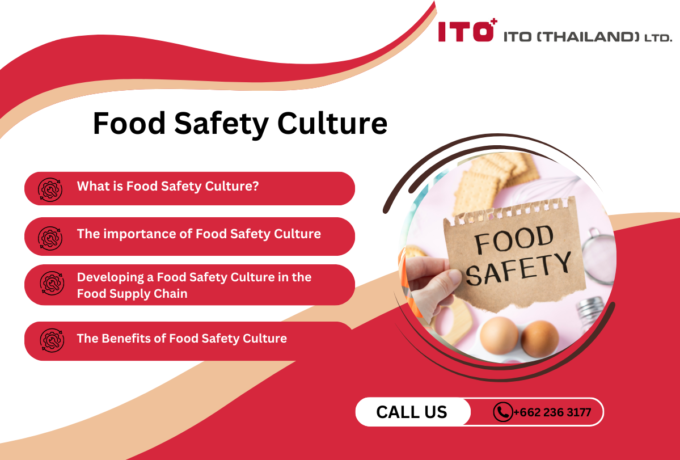
Food Safety Culture
Food safety culture plays a crucial role in safeguarding the company's reputation, ensuring the well-being of its employees, and providing a safe experience for its customers.
-
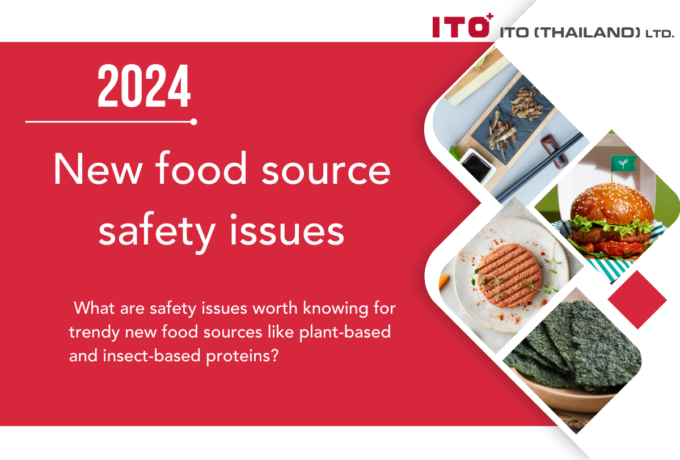
New food source safety issues
What are safety issues worth knowing for trendy new food sources like plant-based and insect-based proteins?
-
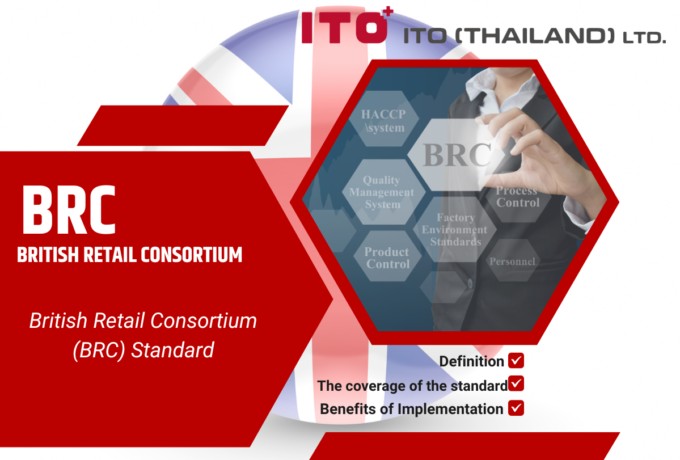
British Retail Consortium (BRC) Standard
Food safety management systems play a vital role in ensuring the production and distribution of safe and high-quality food products to consumers. With the global food supply chain becoming increasingly complex, food businesses must implement effective systems prioritising safety, quality, and compliance with industry standards. A food safety management system encompasses a set of procedures, processes, and controls designed to identify, prevent, and manage potential hazards at every stage of the food production and supply process. This proactive approach not only safeguards consumers' health but also protects the reputation and credibility of food companies in an ever more competitive market.
-
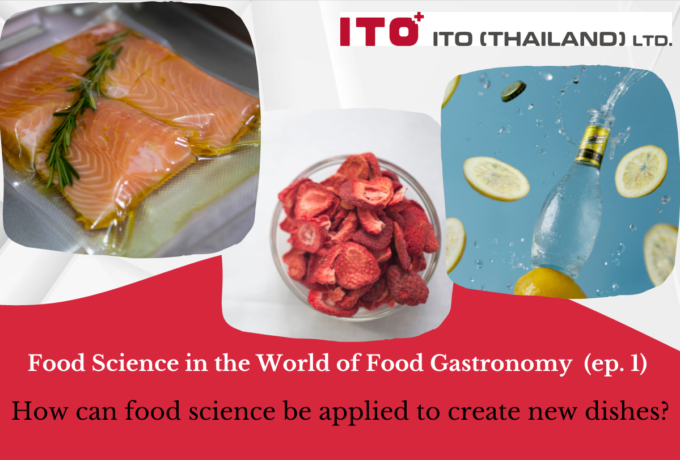
Food Science in the World of Food Gastronomy (Part 1)
How can food science be applied to create new dishes?
-
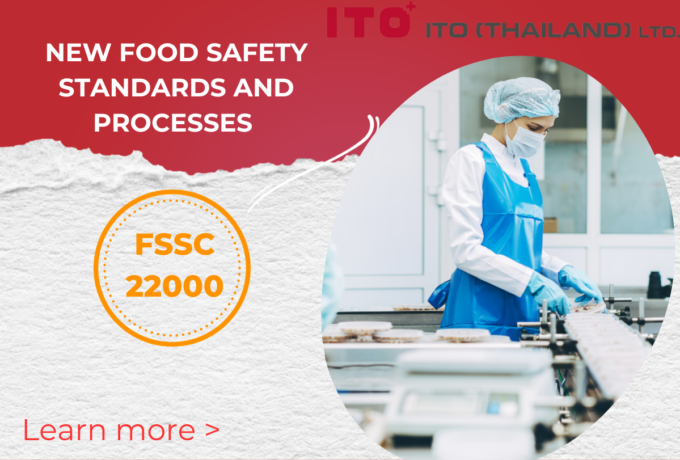
FSSC 22000
Food manufacturers must ensure food safety standards and processes. FSSC 22000 is an official certification program for Food Safety Management Systems (FSMS) recognised by the Global Food Safety Initiative (GFSI). This certification scheme offers a set of guidelines and procedures to ensure uniformity, openness, and safety across your entire supply chain. It applies to all companies operating within the food and beverage industry, ranging from farmers to retailers. By fulfilling the necessary criteria and obtaining FSSC 22000 certification, it is demonstrated that the required standards for food quality and implementing effective processes to manage and mitigate risks associated with food fraud, foodborne illnesses, expensive recalls, and other external threats are met.
-

Food Safety Aspects of Artificial Sweeteners
Artificial sweeteners, also known as sugar substitutes, non-nutritive sweeteners, or high-intensity sweeteners, are artificially produced compounds utilised in place of sucrose (table sugar) to add sweetness to food and drinks. Due to their significantly higher sweetness than regular sugar, only a fraction of artificial sweeteners (200 to 20,000 times less) is required to achieve an equivalent level of sweetness. Since the caloric contribution of these sweeteners, when used in such small quantities, is insignificant, they are often referred to as non-nutritive (4).








